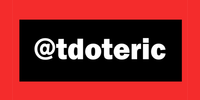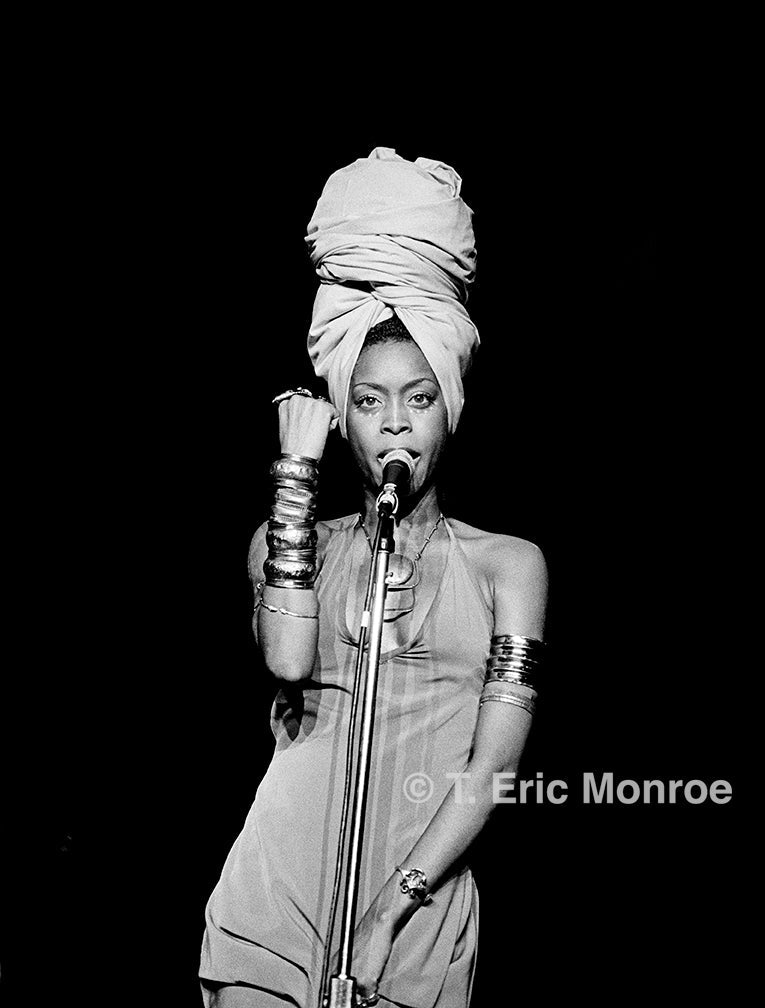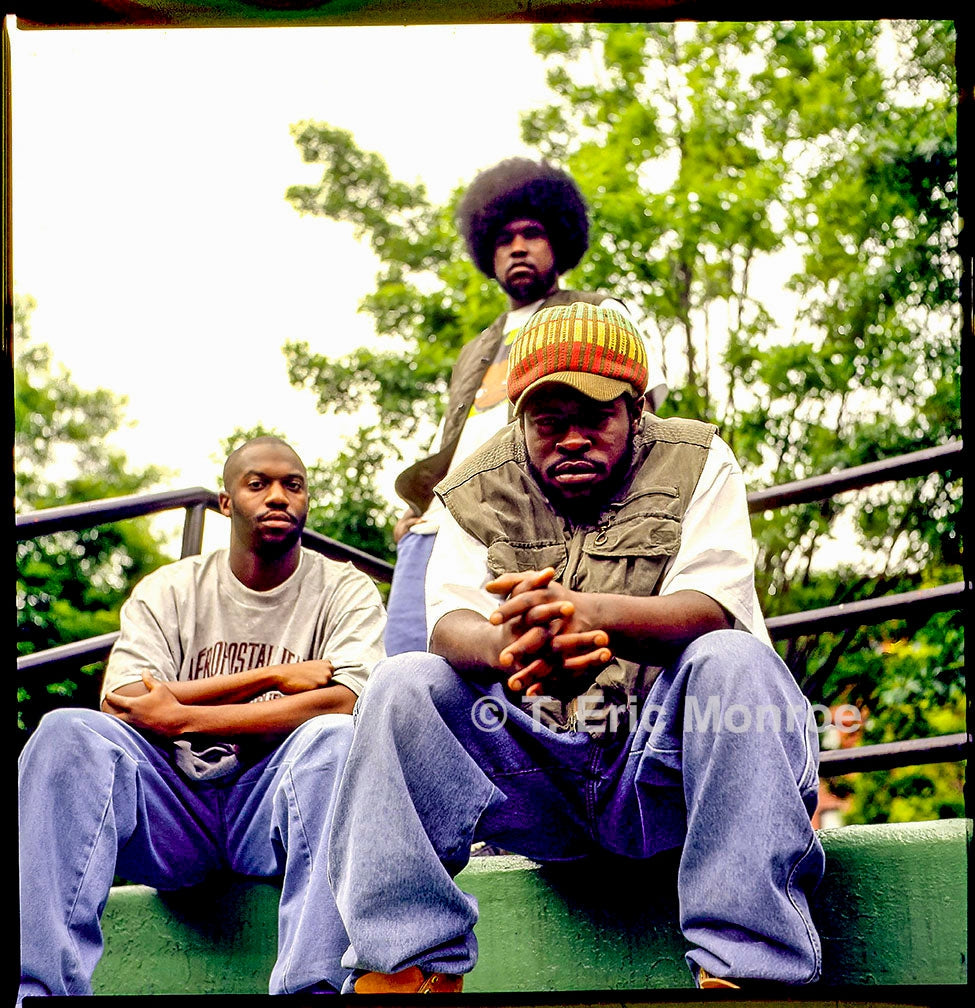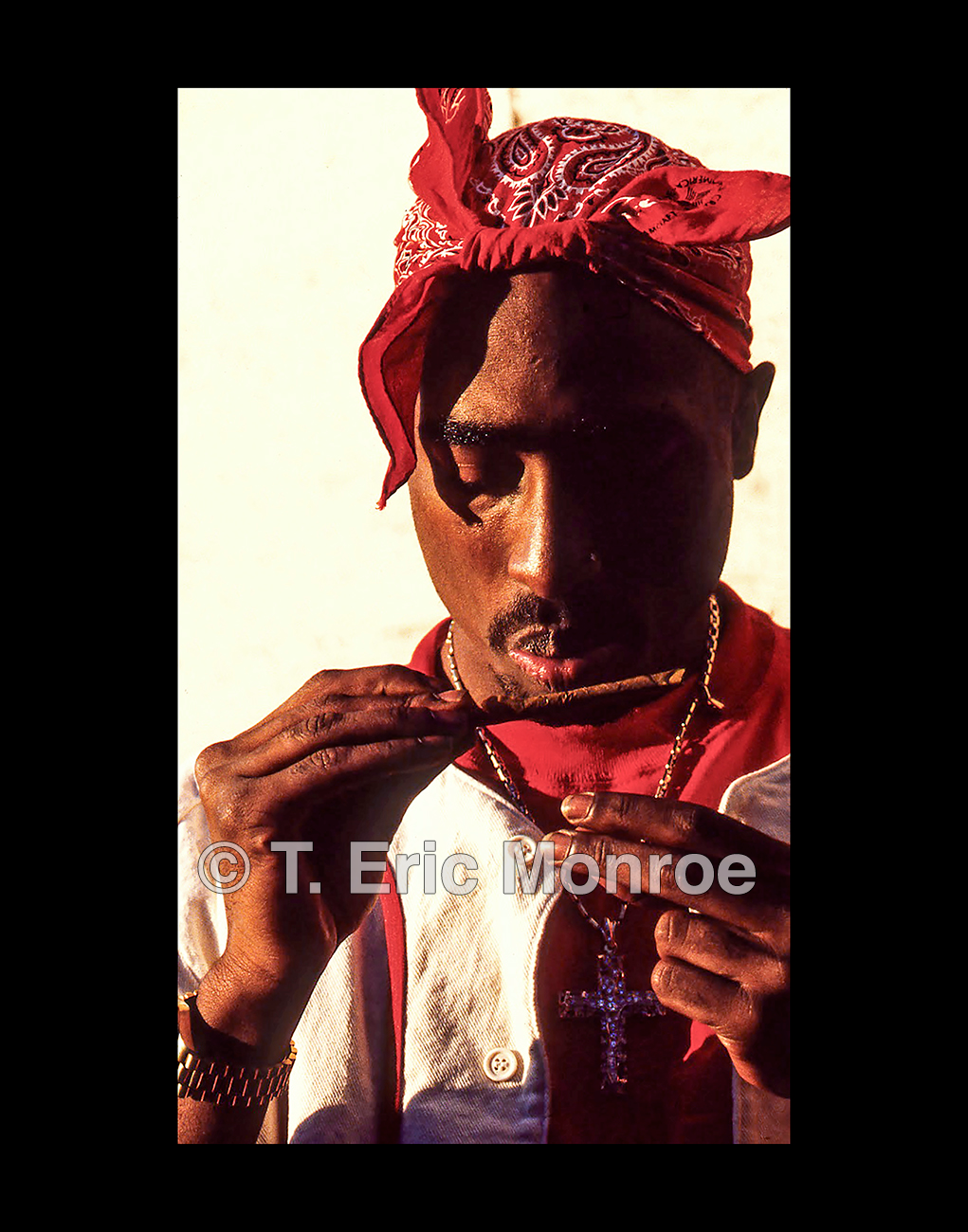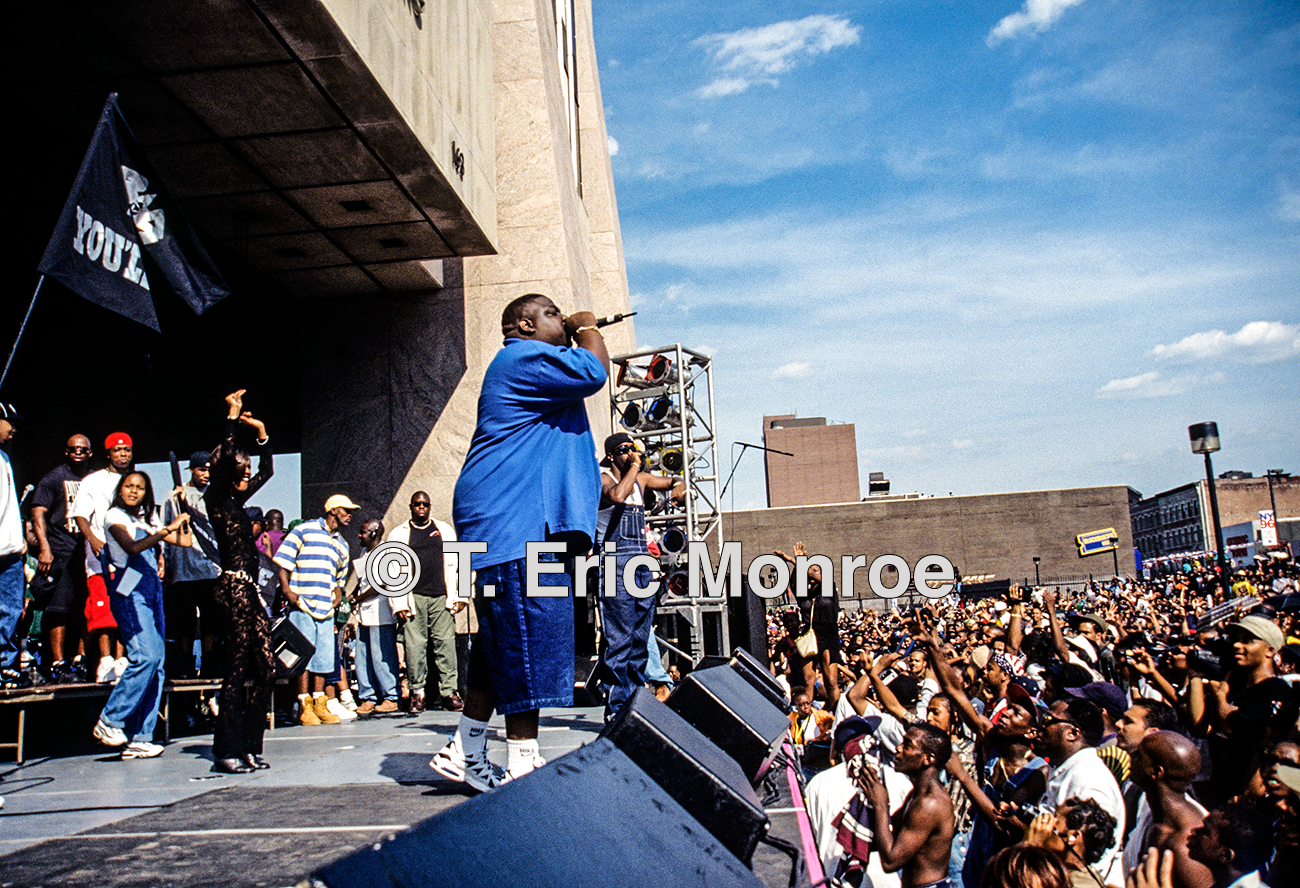Moments
After meeting The Roots at the park, we started out with some shots near a playground area. Then, we moved and sat on large cement step or bleachers. Questlove, Black Thought, and Malik B. flowed in their space. I didn’t direct them. I just want to capture them in their essence.
A few minutes later, RZA walked up the sidewalk. I remember seeing the rings on his hand from a distance. As RZA approached the MTV studio doors, I stood in the sidewalk, greeted RZA with “Peace,” and asked him if I could take a picture of his rings.
I was able to capture a personal vibe among Tupac and his friends — guys from the groups Thug Life and the Outlawz. After the main taping was done, the news cameras started to leave. The bulk of the news press got the shots they needed to portray Tupac as the “Dangerous Thug,” which they would print in the next day’s papers. It felt like Tupac knew how to play with the media to keep his name in the press. He knew how to press their buttons, challenge them mentally; their only recourse was to portray him as a troublemaker. The pattern was reactive and visible.
Hoodshock was a free outdoor hip-hop festival used as a way to increase voter registration. Conceived and organized by Lauryn Hill, the NYC venue was in front of the Harlem State Office Building at 125th Street and Adam Clayton Powell Jr. Boulevard.
The day of the event, I had no urgency to get there. I was not on assignment to cover the show, just wanted to get a few shots to sell to magazines. This was pre-internet — no social media, no instant sharing, and no cellphone cameras.
